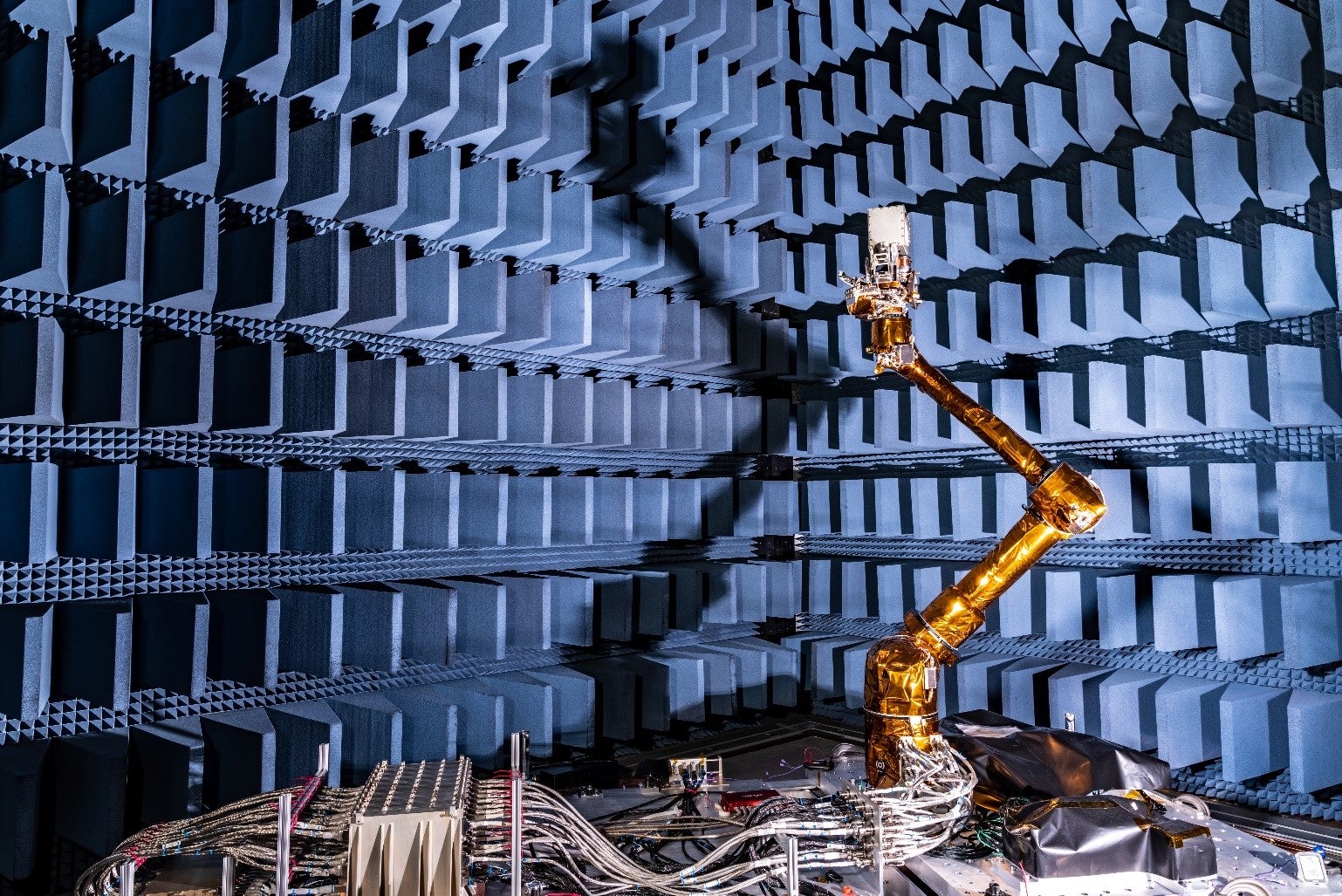
The US Defense Advanced Research Projects Agency (DARPA) has completed all the component-level tests for the Robotic Servicing of Geosynchronous Satellites (RSGS) programme.
The successful completion of associated tests signifies that agency’s on-orbit demonstration mission is on track for launch in 2024.
The RSGS programme aims to inspect and service existing geosynchronous Earth orbit (GEO) satellites, responsible for providing national security, communications, meteorological and other crucial capabilities to the nation.
DARPA has no other option to provide visual diagnosis, upgrades/repairs for the satellite’s malfunctioning components in GEO.
Following the latest development, engineers will now complete flight robotic hardware and software tests before this year’s end.
The RSGC robotic payload will then be integrated with the spacecraft bus. This work will start next year.
The combined system will undergo a final assessment and verification before launch.
The bus has been developed by DARPA in collaboration with Northrop Grumman company SpaceLogistics.
DARPA Tactical Technology Office RSGS programme manager Ana Saplan said: “We are seeking to create persistent operational dexterous robotic capability in GEO.
“This will enable on-orbit satellite repair/upgrade, extending satellite life spans and capabilities of existing satellites, enhancing spacecraft resilience and improving the reliability of US space infrastructure.”
Once launched, the space vehicle will use electric propulsion to check out and reach the GEO. The programme will start delivering on-orbit services to the satellites by 2025.
The US Naval Research Laboratory (NRL) is being funded by DARPA to lead the development of RSGS robotic servicing capabilities.
This on-orbit system will have two robotic arms with seven high-strength joints and a tool drive along with robotic tools, and other related equipment to provide power, data and control services to the arms.



